Fluorite ore is a halide mineral whose main component is calcium fluoride. It has a glassy luster and various colors. It is often in the form of cubic and octahedral crystals. Its hardness is 4 and its density is 3.175-3.56g/m3. Fluorite is widely used in the chemical industry, optics, metallurgy, building materials, glass, and ceramic industry. It plays an important role in many areas of society and is a very valuable mineral resource. In the beneficiation of fluorite ore, flotation is often used to complete the beneficiation operation. However, in the beneficiation process, how to choose the fluorite flotation method and what factors need to be considered are critical. Let us understand the detailed steps and key points together:
Use the table of contents below to navigate through the guide:
01Consider fluorite ore composition and content
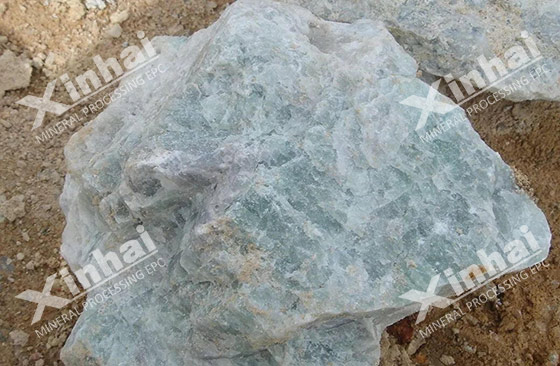
First, we need to determine the main mineral components in the fluorite ore. If the ore is mainly fluorite and quartz, and the fluorite content is high, the conventional flotation method may be more suitable. If the ore contains a large amount of calcite, barite and other minerals with similar floatability to fluorite in addition to fluorite, it is necessary to consider using heated flotation or combined reagent flotation to improve selectivity. For example, for ores with a fluorite content of more than 70% and gangue minerals mainly quartz, conventional flotation can effectively separate fluorite and quartz to obtain a higher grade fluorite concentrate. For ores with a fluorite content of 40-60% and more calcite and barite, combined reagent flotation may be a better choice.
1. Mineral embedding particle size and monomer dissociation degree
It is very important to understand the embedding relationship between fluorite minerals and gangue minerals. If the embedding particle size of fluorite particles and gangue minerals is coarse, the fluorite mineral monomers can be dissociated by simple grinding, and then the conventional flotation method can meet the requirements. However, if the mineral embedding particle size is very fine, fine grinding is required to dissociate the fluorite mineral monomers, which may cause the generation of ore slime and affect the flotation effect. At this time, some flotation methods with better adaptability to ore slime may need to be adopted, such as combined reagent flotation method, and the ore slime should be pretreated before flotation. For example, when the embedding particle size of fluorite mineral is about 0.5-2mm, after conventional grinding to -200 mesh, accounting for 60-70%, good monomer dissociation can be achieved, which is suitable for conventional flotation method. However, if the embedding particle size of fluorite mineral is less than 0.1mm, the slime content will increase after grinding, and it is necessary to consider the combined reagent flotation method, and pay attention to the interference of slime on flotation.
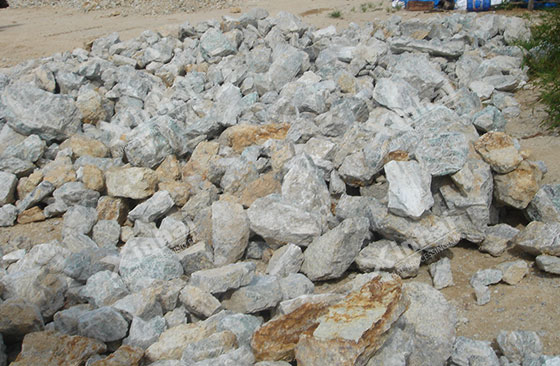
2. Oxidation degree and impurity content of ore
The oxidation degree of ore will affect the floatability of fluorite ore. The surface properties of fluorite after oxidation change, and it may be necessary to use heated flotation to improve its surface activity and enhance the adsorption effect of the collector. In addition, the content of impurities in the ore, such as clay and iron oxide, will also affect flotation. If the impurity content is high, it may be necessary to pre-treat before flotation, or choose a flotation method that has better adaptability to impurities, such as combined reagent flotation method, by adding suitable inhibitors to inhibit the flotation of impurities.
02Consider the quality requirements of fluorite flotation products
1. Requirements for concentrate grade
If used in optical materials or high-end chemical products, the grade of fluorite concentrate is very high. The use of heated flotation or combined reagent flotation is usually a better choice. These methods can more effectively remove gangue minerals, especially gangue minerals with similar floatability to fluorite, thereby obtaining high-grade fluorite concentrate. For example, for a beneficiation plant producing optical fluorite, the grade of fluorite concentrate is required to reach more than 98%. The combined reagent flotation method combined with the selection operation can effectively improve the concentrate grade and meet production needs.
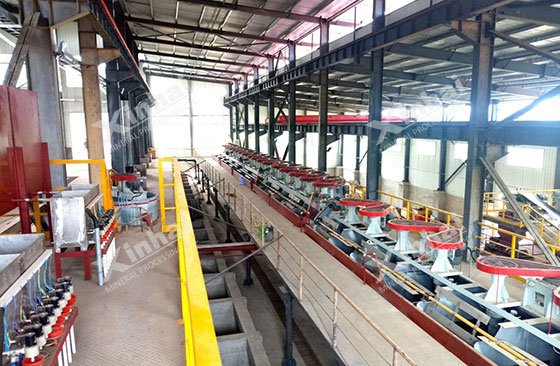
2. Recovery rate requirements
When the fluorite recovery rate is required to be high, it is necessary to select a flotation method that can fully recover the fluorite. Generally speaking, the combined reagent flotation method and the heated flotation method have certain advantages in improving the recovery rate. They can improve the recovery efficiency of fluorite by optimizing the reagent system and flotation conditions and performing multiple scavenging of tailings. For example, when processing low-grade fluorite ore, in order to recover fluorite resources to the greatest extent, the heated flotation method can improve the fluorite recovery rate to more than 80% by improving the floatability of fluorite and coordinating multiple scavenging operations.
03Consider the actual situation of the fluorite ore dressing plant
1. Equipment conditions
If the ore dressing plant already has conventional flotation equipment and has no plan for large-scale equipment transformation, conventional flotation may be a more economical and practical choice for fluorite with relatively simple ore properties. However, if the heated flotation method is considered, heating equipment needs to be added, which involves issues such as equipment investment, site space and energy supply. For example, a small ore dressing plant has limited space and does not have enough space to install heating equipment. The existing flotation equipment is suitable for conventional flotation. If the ore properties allow, it is more suitable to use conventional flotation.
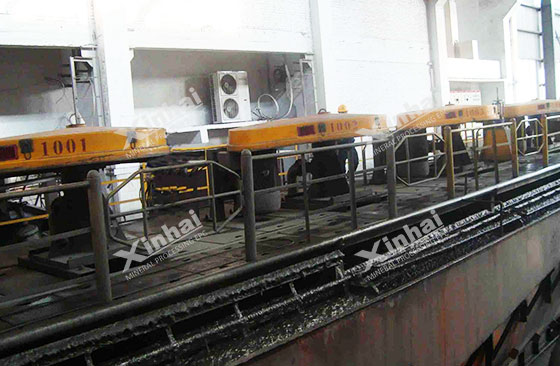
2. Energy cost and reagent cost
The heated flotation method consumes additional energy to heat the pulp, and the energy cost is high. The price of oleic acid in the oleic acid flotation method is relatively low, but the selectivity is poor, which may increase the reagent cost of subsequent selection. Although the combined reagent flotation method can improve the flotation effect, it may use a variety of more expensive reagents, increasing the reagent cost. Therefore, it is necessary to choose according to the economic affordability of the ore dressing plant. For example, in areas with high energy costs, for fluorite ores whose grades are not particularly complex, the ore dressing plant may be more inclined to choose conventional flotation or oleic acid flotation to reduce production costs. For high value-added fluorite products, the ore dressing plant may be willing to invest more costs to adopt the combined reagent flotation method to ensure product quality.
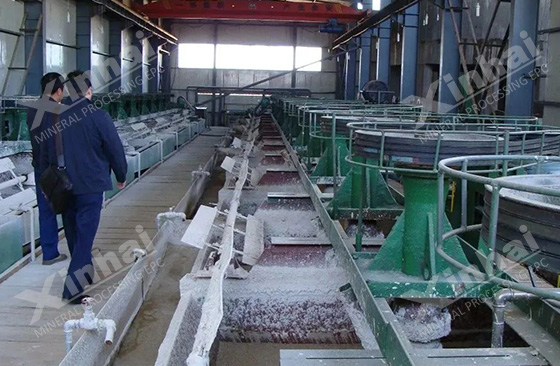
3. Operation and management level
The conventional flotation method is relatively simple to operate and has low technical requirements for operators. The heating flotation method requires strict control of parameters such as temperature, and requires high operation and management levels. The combined reagent flotation method requires precise control of the type, dosage and addition order of reagents, and also requires a high level of technology. Therefore, the technical level and management ability of the personnel of the mineral processing plant are also important factors in choosing the flotation method. For example, for a newly established mineral processing plant, the technical staff is inexperienced. If the ore properties allow, the conventional flotation method is first used to accumulate experience. As the technical staff improves, more complex flotation methods can be considered to improve the mineral processing efficiency.
The above are some of the factors that need to be considered when flotating fluorite. Only by paying attention to details can the flotation effect of fluorite be ensured.


 marketing@ytxinhai.com
marketing@ytxinhai.com  0086 13810327080
0086 13810327080 






































































































 CHAT
CHAT MESSAGE
MESSAGE







